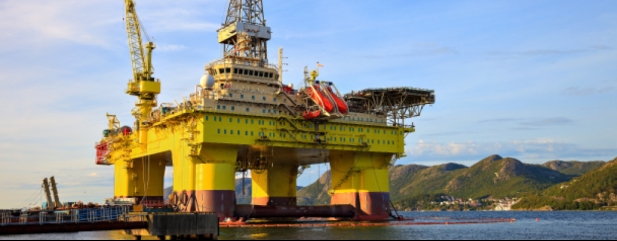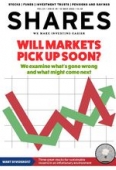Based on consensus forecasts Shell (SHEL) offers a 3.7% prospective dividend yield for 2022. Once you also factor in share buybacks, investment bank Berenberg has forecast the highest returns for the company’s shareholders in a decade.
But how safe are these returns of capital given the pressure on the company to invest more in oil and gas, continue to progress its transition into greener forms of energy and the threat posed by a windfall tax on profits?
The latter is arguably the most immediate issue. We can’t see any kind of windfall tax in the UK making a huge difference to Shell. According to the 2021 annual report, just 4.4% of its oil production and 1.9% of its natural gas output came from the UK.
Also, in 2021 the company didn’t pay any tax on its UK oil and gas production and received a tax refund of around £100 million as it offset costs linked to the decommissioning of old fields.
Investing to produce more fossil fuels and, conversely, to boost its footprint in areas like renewables is a longer-term issue and therefore harder to predict.
Further volatility in commodity prices will impact cash flow. However, the continuing improvement in Shell’s balance sheet – net debt was down from $52.6 billion at the end of 2021 to $48.5 billion three months later – means it is well positioned to maintain its current returns via dividends and buybacks.
‹ Previous2022-05-12Next ›

 magazine
magazine








